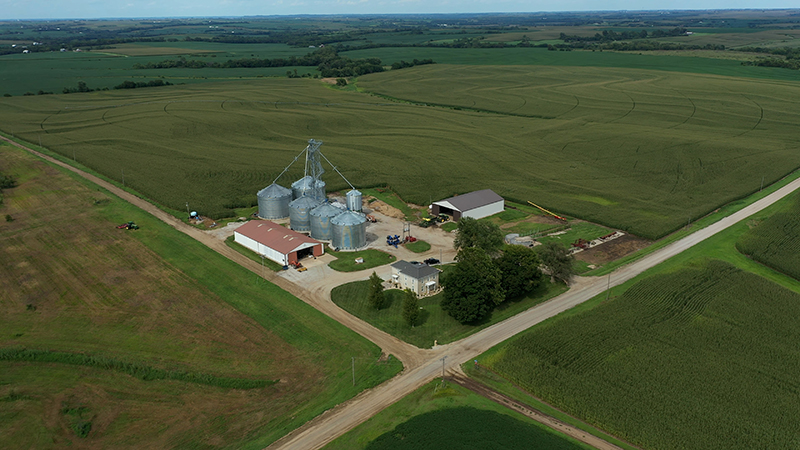BASF: Deploy Post-Emergence Herbicide To Tackle Tough Weeds

Luke Bozeman, BASF technical market manager, herbicides.
Year after year it seems to happen. Even with a carefully devised weed control plan, tough weeds can appear and threaten to decrease yields. So what is the best way to tackle tough to control weeds after they have emerged? Experts suggest a post-emergence herbicide with residual control.
“Timing is everything,” said Luke Bozeman, Technical Market Manager, Herbicides, BASF. “Once weeds have emerged, there is a limited window for applying a post-emergence herbicide before the weeds grow too large to control or crops are beyond the size that allows a herbicide application. It is imperative that these weeds are controlled before they go to seed so that their progeny aren’t around to affect yield in the next growing season.”
One of the most important factors for timing post-emergence herbicide applications is the growth rate of the problem weed. Tough-to-control weeds such as Palmer amaranth can grow at a rate of several inches per day. BASF recommends applying a post-emergence herbicide with residual control before weeds reach four inches for the most successful control.
Another recommended action is to keep a careful eye on fields early in the growing season for any weed escapes. Once weeds have been identified, the next step is to select a post-emergence herbicide or mechanical tactic.
“When selecting your post-emergence herbicide, take into consideration the historic use of herbicides in that field,” said Mike Owen, Ph.D., Associate Chairman, agronomy department, Iowa State University. “Multiple herbicide sites of action should be used in the same field, and rotated to avoid the potential evolution of herbicide resistance. Always incorporate mechanical or cultural tactics for effective weed control.”
The most effective way to prevent weed escapes is by applying a preemergence herbicide early in the season that targets problem weeds, but weather can sometimes stand in the way of those plans.
“Some parts of the country are experiencing another cold, wet spring this year, which makes it difficult to get into the field to apply fertilizers and preemergence herbicides,” said Bozeman. “Weed control is as important as ever in these situations because once the soil warms up, weeds will shoot up at an accelerated rate. Even with a shorter preparation and planting window, keep weed control in mind every step of the way.”
For more quick tips on weed control, visit AdvancedWeedControl.basf.us.






